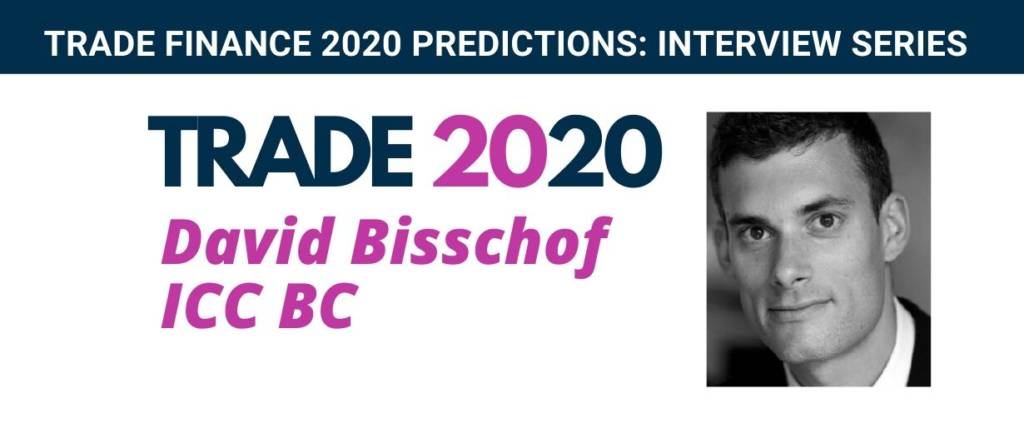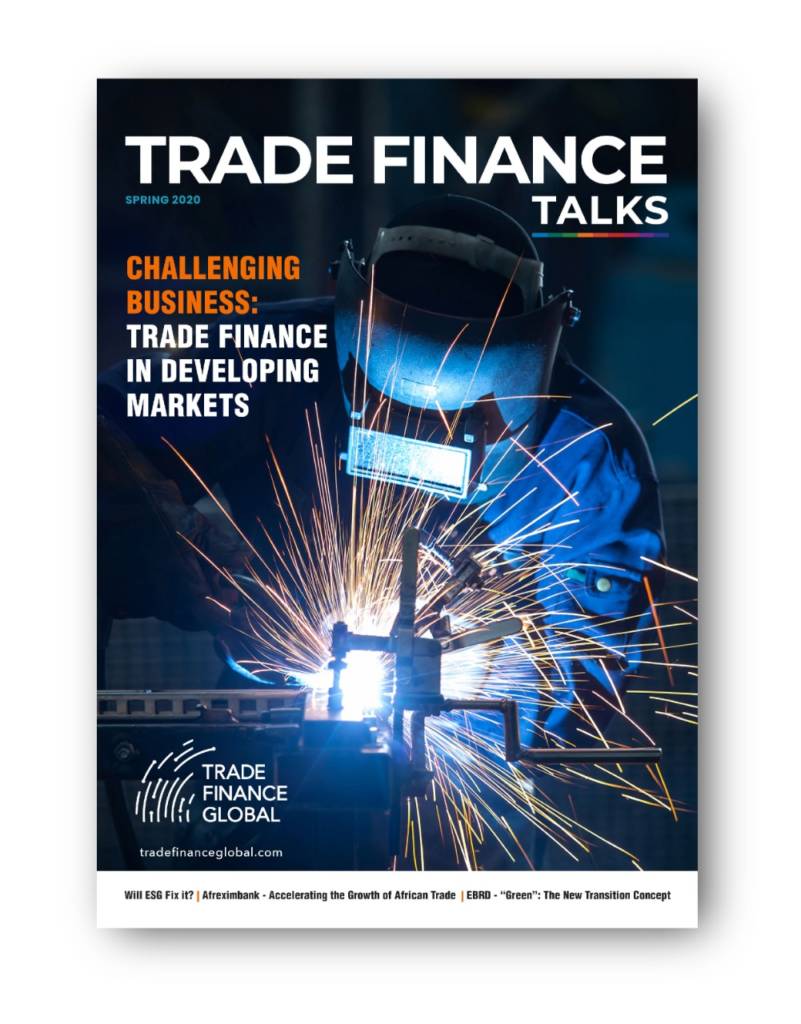Since the turn of the millennium, global trade flows have trebled to US$18.5 trillion in 2018. Yet many challenges to the adoption of trade finance products remain – such as the unintended impact of regulation and the growing cost of compliance.
Since the turn of the millennium, global trade flows have trebled from US$6.2 trillion to a new peak of US$18.5 trillion in 2018. This would not have been possible without the use of trade finance products, which offer liquidity for both importers and exporters to transact with confidence on a global scale.
But many challenges to the adoption of trade finance products remain – such as the unintended impact of regulation and the growing cost of compliance – and, as such, market participants must work together to help minimise any adverse risk to industry growth.
Unintended impacts
The regulation and compliance requirements that have come into force since the 2007 financial crisis, while well-intentioned, have unexpectedly led to the exacerbation of the trade finance gap. Indeed, there is a deficit between the demand and supply of trade finance globally – the figure currently stands at US$1.5 trillion according to the latest numbers from the Asian Development Bank (ADB).
One example of such regulations is Basel III – or the third instalment of the Basel Accords – a set of international banking regulation recommendations developed by the Basel Committee on Banking Supervision (BCBS). Scheduled for gradual implementation, it was up to national, or supranational institutions to write these recommendations into legislation, as the BCBS does not have the authority to enforce its recommendations.
When these international standards are implemented at the national or even subnational level, each jurisdiction therefore has the right to adapt the recommendations, as the Basel III framework also allows for significant room for interpretation. This inevitably leads to a certain amount of variability and inconsistency in regulatory requirements across jurisdictions.

The implementation of Basel III’s Net Stable Funding Ratio (NSFR), for example, was a cause for concern for many in the trade finance industry. The BCBS had determined that the Required Stable Funding Ratio for letters of credit and technical guarantees should be decided by national legislators. In the European Union (EU), this led to variable NSFR of between 5% and 15% dependent on the maturity of the transaction. In many jurisdictions outside the EU, however, the NSFR is either non-existent, flat or at a maximum level of 5%.
Despite a seemingly European issue, the impact of such regulations is global – affecting not only European banks, but also those non-European banks dealing with European corporates via subsidiaries based in the region. As such, the potential negative effect of such inconsistency is widespread.
Spearheaded by the International Chamber of Commerce (ICC), the industry successfully lobbied for a fairer treatment of trade finance instruments. This led to a significant reduction in the spectrum of rates applied at European level, down to 5% for a maturity of less than six months, 7.5% for less than 12 months and 10% for over 12 months.
De-risking concerns
Capital requirements, while vital to the resilience of the financial system, have also impacted the amount of capital banks have to invest in cross-border banking relationships. In the face of mounting – and increasingly costly – compliance requirements, financial institutions are actively reducing their number of correspondent banking relationships; a process also known as de-risking. By terminating or restricting business relationships with certain clients or categories of clients, banks can avoid, rather than face the need to manage, any potential risks.
This phenomenon is a serious concern for the trade finance industry, with almost 90% of respondents to the ICC Banking Commission Global Survey on Trade Finance citing regulatory and compliance concerns as a major obstacle to growth.
In turn, this heavily impacts banks in emerging markets – thereby affecting the clients in these regions that typically need trade financing most. Certainly, this lack of funding provision further fuels the trade finance gap.
Alternative financing solutions
So what can the industry do to promote the continued provision of trade finance in markets which are considered to be higher risk? One solution is the growing use of export credit agencies (ECA) and private insurers as finance providers – supporting companies with the necessary protection and risk mitigation they need in challenging or volatile markets.
Credit insurance-backed trade finance, where the insured can draw on their credit insurance policy to obtain funding from their financing banks, has been gaining popularity. And when the private market is less willing or unable to step in, ECAs can also provide adequate protection and funding support for exporters.

This will be beneficial not only to large corporates but to companies of all sizes, and crucially to SMEs. The growing capability of private insurers and ECAs to fund international trade represents another step towards alleviating the trade finance gap, and one that should be welcomed and encouraged across the industry.
Working together
Tackling the trade finance gap has been a priority for the industry for many years, and while barriers remain to the provision of trade finance – especially for smaller businesses and those in emerging markets – market participants are working together to help alleviate any unintended obstacles to its provision.
From a regulatory perspective, dialogue with standard setters and legislators is key from the earliest stages of the decision-making process if such regulations are to enable conditions for the industry to continue to grow in a viable manner.
Embracing new sources of finance, meanwhile, whether from private insurers, ECAs, or other respected sources, will help to improve the supply of trade finance available to companies of all sizes. ICC, as a leading voice in the trade finance industry, is helping and will continue to foster the fair regulatory treatment of trade finance and the expansion of its provision to all market segments worldwide.
Now launched! Spring Edition 2020
Trade Finance Global’s latest edition of Trade Finance Talks is now out, taking a deep dive into trade finance in emerging and developing markets.
 Australia
Australia Hong Kong
Hong Kong Japan
Japan Singapore
Singapore United Arab Emirates
United Arab Emirates United States
United States France
France Germany
Germany Ireland
Ireland Netherlands
Netherlands United Kingdom
United Kingdom












Comments are closed.